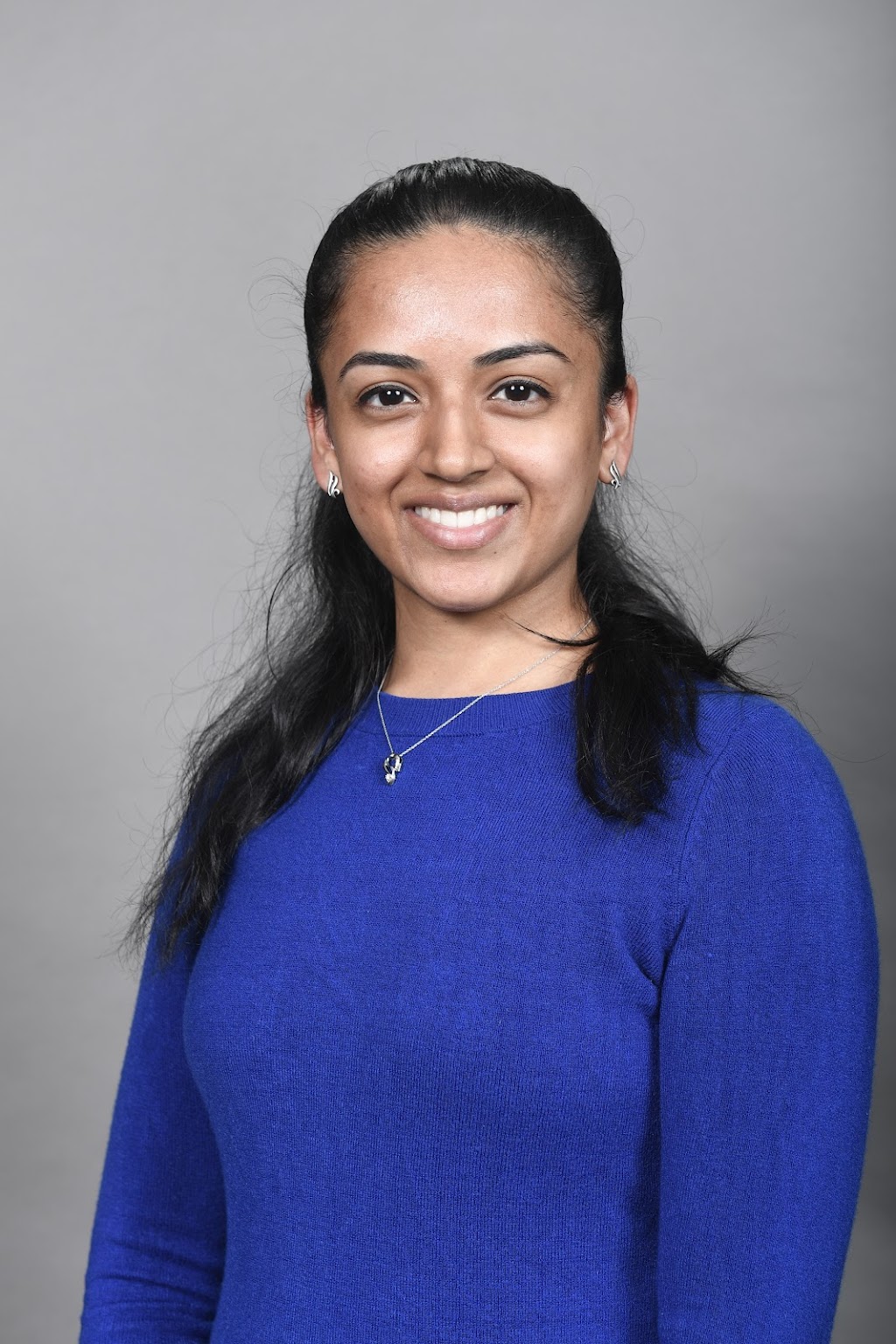Biomedical Engineering Education
(F-233) Mechanical Regulation of Cadherin Expression in Human Cardiac, Dermal and Lung Fibroblasts

Vidhi Patel
Undergraduate Student
University of Alabama at Birmingham
McComb, Mississippi, United States
Vaishali Bala, MEng (she/her/hers)
Graduate Research Assistant
University of Alabama at Birmingham
Birmingham, Alabama, United States- MS
MK Sewell-Loftin (she/her/hers)
Assistant Professor
The University of Alabama at Birmingham, United States
Presenting Author(s)
Co-Author(s)
Primary Investigator(s)
Fibroblasts, an essential cell type associated with connective tissue growth and matrix remodeling, play a significant role in the maintenance, regulation, and growth of blood vessels. Interactions of fibroblasts with other cell types, mainly through cadherin-mediated adhesion, have emerged as pivotal determinants of vasculature regulations. Cell-to-cell communication is a crucial aspect of cellular function, and cadherins, a group of adherens junction proteins, play a vital role in mediating these interactions [1]. Specifically, neuronal (N-Cad), vascular endothelial (VE-Cad), and osteoblast cadherin (OB) have been identified as significant regulators of communication within the vasculature [2]. Despite their importance in vascular biology, the specific mechanobiological details of these cellular interactions remain poorly understood, highlighting the need for further investigation. Understanding how fibroblasts alter cadherin expression in the context of the perivascular matrix will inform future studies on angiogenesis for ischemic tissues or even tissue engineering scaffold generation. Our objective was to quantify the cadherin expression of normal cardiac fibroblasts (NHCF), normal human dermal fibroblasts (NHDF), and normal human lung fibroblasts (NHLF) in a 3D microtissue model.
Materials and Methods::
A previously developed 3D microtissue model was utilized in which NHCFs, NHDFs, and NHLFs were cultured for 7 days [3]. Samples were then fixed and stained via immunofluorescence techniques for either N-Cad and VE-Cad or OB-Cad and VE-Cad. Each model was then imaged using an epifluorescence inverted microscope, which generated a 100μm z-stack. Images were processed to remove background and generate a 2D projection using Extended Depth of Field plugin [4]. Positive cadherin staining, given by the average area, was normalized to DAPI.
Results, Conclusions, and Discussions::
Representative images from stained microtissues show varying levels of all cadherins can be observed in various 3D fibroblast cultures (Figures 1A and 2A). Upon quantification, we found that microtissue models with NHCFs had significantly higher N-Cad and VE-Cad levels than NHLFs (Figure 1B). Additionally, the microtissue models with NHCFs had significantly higher OB-Cad levels than NHLFs (Figure 2B). While cadherins were originally named for the type of tissues they were discovered in, recent studies have identified that cadherins are more closely related to the types of mechanical forces in the surrounding microenvironment [5]. Specifically, OB-Cad is stronger than N-Cad in cell-cell junctions and may help enhance force transmissions in cellular crosstalk. This may explain why the NHCFs have higher levels of all cadherins; the myocardium is a highly mechanical active or contractile environment, and increased cadherin expression in NHCFs may be caused by the contracting myocardium. This is further supported by our data that show less OB-Cad in NHDFs compared to NHLFs. The dermal fibroblasts would not experience the repetitive, cyclic strains that NHLFs do during respiration. In many tissue engineering studies, NHLFs are used as pro-angiogenic stromal cells [3]. Our current studies provide pilot data suggesting that the mechanical microenvironments may be tied to cadherin expression. In future studies, we will investigate how the mechanical behaviors of, specifically, contractile events generated by NHCF, NHDF, and NHLF regulate cadherin signaling in co-cultures with endothelial cells and how these behaviors affect angiogenesis.
Acknowledgements (Optional): : The authors would like to acknowledge funding for this project: R00-CA230202 (M.K.S.L), IMPACT Award, O’Neal Comprehensive Cancer Center (M.K.S.L), Fine Family Grant.
References (Optional): :
1. Augsten, M., Cancer-associated fibroblasts as another polarized cell type of the tumor microenvironment. Front Oncol, 2014. 4: p. 62.
2. Amsellem, V., et al., ICAM-2 regulates vascular permeability and N-cadherin localization through ezrin-radixin-moesin (ERM) proteins and Rac-1 signalling. Cell Commun Signal, 2014. 12: p. 12.
3. Sewell-Loftin, M.K., et al., Cancer-associated fibroblasts support vascular growth through mechanical force. Sci Rep, 2017. 7(1): p. 12574.
4. ImageJ. Extended Depth of Field Plugin. [cited 2023 July 13]; Available from: https://imagej.net/plugins/extended-depth-of-field.
5. Hutcheson, J.D., et al., Cadherin-11 regulates cell-cell tension necessary for calcific nodule formation by valvular myofibroblasts. Arterioscler Thromb Vasc Biol, 2013. 33(1): p. 114-20.
